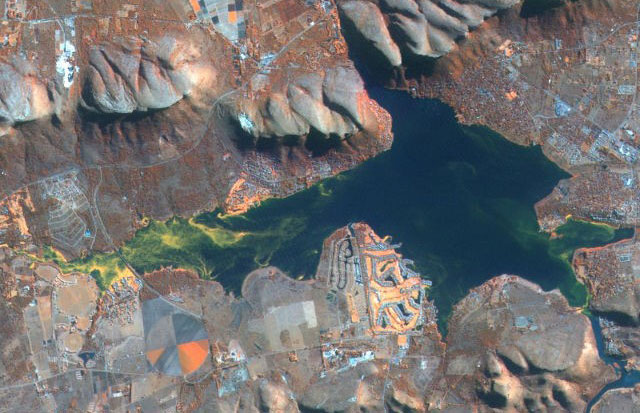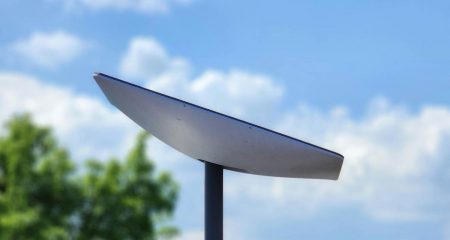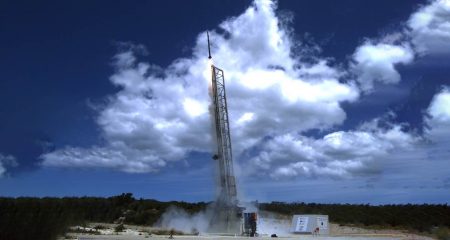
The South African National Space Agency (Sansa) will on Tuesday, as part of Global Space Week, launch Fundisa: satellite imagery tools to support the high school geography curriculum.
Earth observation and space science are seen as important ways to monitor South Africa’s land use, resources and urban development, among many other things. But a lack of skills in the field is a constant problem, both in government, research institutions and the private sector.
At the launch of Global Space Week on 3 October at the Hartebeesthoek site, Sansa CEO Sandile Malinga was more effusive when addressing pupils: “These are the new technologies, the new skills that will drive our country and our economy. It requires learners to step up to the plate and rise to the challenge. The opportunities are there for you.”
The Fundisa education programme and disc — already distributed to universities — “are set to help increase understanding of Earth observations among grade 10 to 12 learners”, Sansa said. “These resources, which include a portal for students, will also help raise awareness about the value satellite imagery adds to geographic information system analysis.”
In Fundisa, there is a “wealth of imagery, open-source processing tools”, Malinga said. Sansa disburses this resource every year to universities, but this is the first time that it is going to schools. “We call it mini-Fundisa,” he said. “We want to initiate [school pupils] into the world of geospatial information. You don’t just want them to see a pretty picture. [In the long run, once they have graduated], we want them to extract information that will allow us to plan better, mitigate disasters better and stimulate the economy.”
Sansa is the country’s major hub of satellite imagery, which it shares with many groups in South Africa.
Sansa Earth observation MD Jane Olwoch said: “Sansa provides the satellite data, products and services from various earth observation satellites to government department and other stakeholders for use in addressing numerous societal deficiencies such as provision of formal housing while understanding the movement of informal settlements, managing our scarce resources like water and providing real-time data for monitoring and management of disaster and recovery.”
The Council for Scientific and Industrial Research’s information and communications technology unit, the Meraka Institute, uses imagery provided by Sansa to track, monitor and predict fires around the world. Government departments on both a national and provincial level also receive satellite imagery so that they can better plan and deliver services.
“Space impacts our daily lives and it is important to understand that investment in space science and technology is important for our people and economy,” said Humbulani Mudau, chief director of space science at the department of science & technology.
Space is one of the department’s grand challenges; it is seen as a way to train highly skilled researchers and professionals, and to get young people interested in science, technology and engineering-related fields. — (c) 2013 Mail & Guardian
- Visit the Mail & Guardian Online, the smart news source




